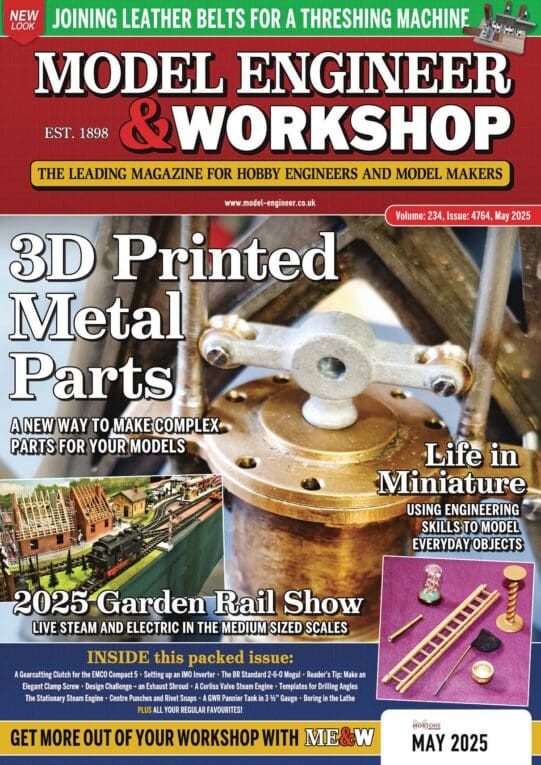Reducing collet nut play by electroplating thread?
Reducing collet nut play by electroplating thread?
- This topic has 72 replies, 19 voices, and was last updated 30 August 2024 at 20:21 by
old mart.
- Please log in to reply to this topic. Registering is free and easy using the links on the menu at the top of this page.
Latest Replies
Viewing 25 topics - 1 through 25 (of 25 total)
-
- Topic
- Voices
- Last Post
Viewing 25 topics - 1 through 25 (of 25 total)
Latest Issue
Newsletter Sign-up
Latest Replies
- Arduino controlled stepper motor for Mill X-axis drive
- Colchester Chipmaster tailstock shimming
- Mounting chuck directly to rotary table.
- 50,000 Ton Press
- Air source heat pumps
- Building Bernard Tekippe’s Precision Regulator
- Source of 8mm Dia flexible stainless steel tubing
- Not a dial indicator!
- Wheel and track standards
- ME No155 Vol10 pg 359 of 1904







